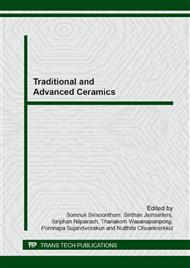p.311
p.316
p.325
p.331
p.335
p.341
p.346
p.351
p.358
Underglaze Tissue Printing for Ceramic Artists, a Collaborative Project to Re-Appraise 19th Century Printing Skills
Abstract:
Under-glaze tissue ceramic transfer printing first developed circa 1750 and involved engraved or etched copper plates, from which tissue was printed with cobalt blue oxides. Under-glaze tissue has a very distinctive, subtle quality - it is an integral part of both English ceramic history and the history of copperplate engraving. The process was common in the UK ceramics industry until the1980s. However from the 1950s it began to be supplemented by screen-printing, because underglaze tissue transfer was relatively slow and required skilled artisans to apply the transfers. The authors are collaborating with Burleigh Pottery in Stoke-on-Trent, the last remaining company to produce ceramic tableware decorated using the traditional printed under-glaze tissue method. The pottery was recently saved from closure by the HRH Prince Charles Regeneration Trust, who wish to maintain the traditional manufacturing skills for the next 25 years. The Centre for Fine Print Research (CFPR) in Bristol has been reappraising the use of these traditional 19th Century skills with modern materials and methods for producing engraved plates. The project seeks to demonstrate how those 19th Century methods can be applied by contemporary ceramic artists. The paper will explain the process of ink manufacture, heating the plate for printing, digital methods of making plates and the use of potters tissue.
Info:
Periodical:
Pages:
335-340
Citation:
Online since:
April 2014
Authors:
Keywords:
Price:
Сopyright:
© 2014 Trans Tech Publications Ltd. All Rights Reserved
Share:
Citation:


